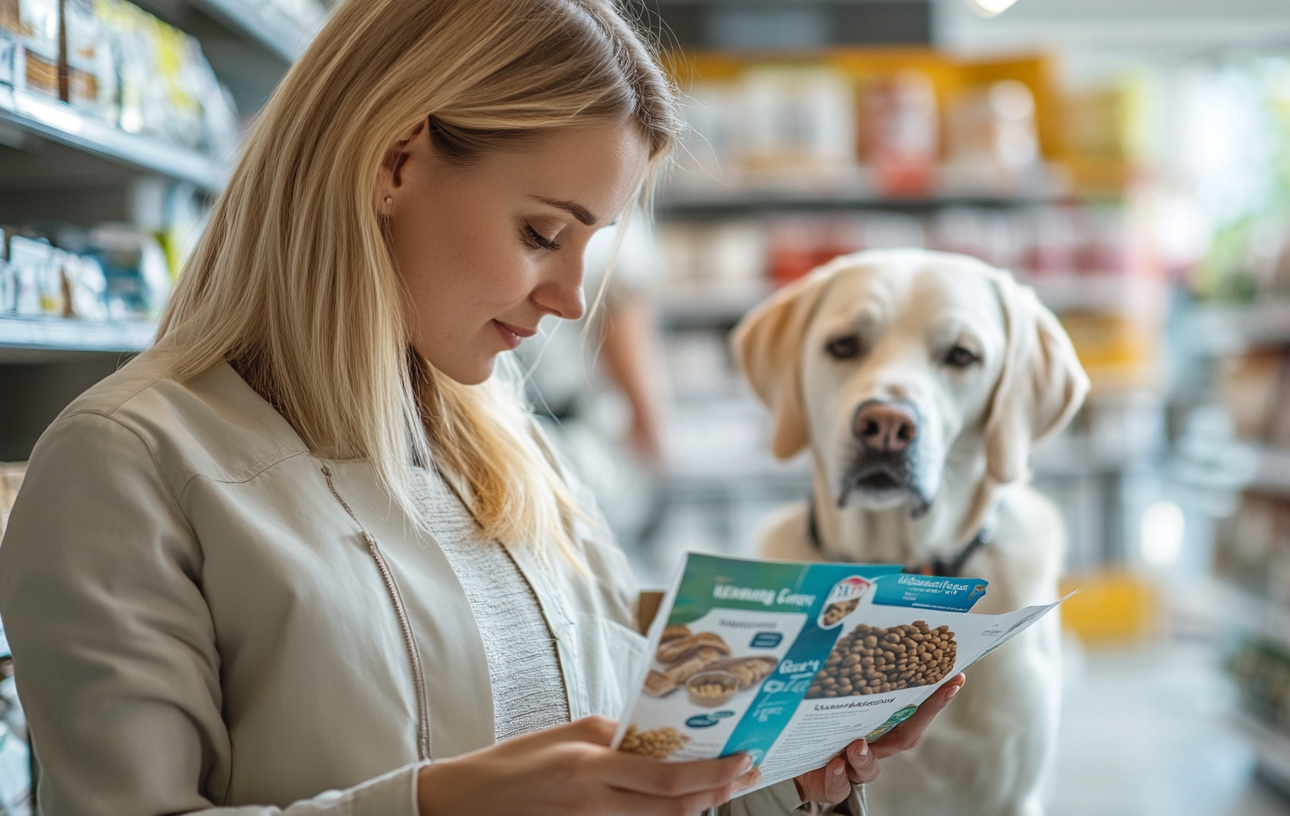Pet food packaging often boasts phrases like “premium quality,” “natural,” “veterinarian recommended,” and more. But behind these glossy marketing terms, the actual nutritional value and safety of the product can remain unclear. Understanding how to decode pet food labels is crucial for making informed decisions for your furry family members.
 1. The Truth About “Natural,” “Organic,” and “Human-Grade”
1. The Truth About “Natural,” “Organic,” and “Human-Grade”
-
Natural: This term is not strictly regulated. It generally means no artificial additives, but it doesn’t guarantee ingredient quality.
-
Organic: Requires certification (like USDA Organic) but often applies only to certain ingredients, not the entire product.
-
Human-Grade: Indicates ingredients and processing methods meet human food standards, but the term is often used loosely in marketing.
Tip: Look for third-party certifications and transparent sourcing information.
 2. Ingredient Lists: First Doesn’t Always Mean Best
2. Ingredient Lists: First Doesn’t Always Mean Best
Ingredients are listed by weight before cooking. This can be misleading because:
-
“Chicken” as the first ingredient might seem ideal, but its weight includes moisture.
-
After processing, its nutritional contribution might be far less than expected.
-
Look for named meat meals (e.g., chicken meal) as they provide a more concentrated protein source.
Red Flags: Generic terms like “meat by-product,” “animal fat,” or unnamed sources.
 3. Guaranteed Analysis: What Numbers Don’t Say
3. Guaranteed Analysis: What Numbers Don’t Say
Most pet food labels show a Guaranteed Analysis chart (protein, fat, fiber, moisture). However:
-
These are minimums and maximums, not exact values.
-
Labels don’t specify carbohydrate content or calorie density, which are critical for weight management.
-
Ash content, affecting mineral balance, is also rarely disclosed.
Pro Tip: Contact the manufacturer for a nutritional profile on a dry matter basis.
 4. Decoding Ingredient Splitting
4. Decoding Ingredient Splitting
Manufacturers often use ingredient splitting to make a product seem healthier. For example:
-
Breaking down corn into corn gluten meal, corn flour, and ground corn can push them lower on the list, even if corn is a primary filler.
-
This manipulates perception without changing the actual composition.
 5. Who Formulates the Food?
5. Who Formulates the Food?
Trustworthy brands clearly state if their food is formulated by board-certified veterinary nutritionists. Lack of this transparency often signals cost-cutting measures prioritizing profit over pet health.
 Final Thoughts
Final Thoughts
Don’t let fancy packaging and marketing jargon mislead you. By learning how to read beyond the buzzwords, you can make smarter, safer choices for your pet. Remember, the ingredient quality, transparency, and nutritional balance matter far more than marketing claims. Always consult your veterinarian for personalized recommendations.


 1. The Truth About “Natural,” “Organic,” and “Human-Grade”
1. The Truth About “Natural,” “Organic,” and “Human-Grade” Final Thoughts
Final Thoughts